First of all, the word "xa" (蛇) of Chinese origin is an ancient word, appearing in the Oracle Bone Inscriptions of the Shang Dynasty. This word originally meant a long, round, scaly animal without claws, later used to refer to a "reptile" ( National Language. Wu Language ) or "snake" ( Hong Ji. Wu Xing Zhi ) or symbolized the emperor ( Zuo Zhuan by Zuo Qiu Ming of the Spring and Autumn Period).
In China, xà (蛇) is also the name of a star: Xà Thừa Long (dragon-riding snake) and Đằng Xà - a group of 22 stars ( Jin Shu. Astronomy Records ); or the name of a mountain (according to Du Yu of the Western Jin Dynasty). Xà (蛇) is also used to describe "zigzag movement" ( Historical Records. Su Qin's biography ) or "following a winding path" ( Shui Jing Zhu. Huai Shui ). In dialect, xà means "water mother" (jellyfish), another pronunciation is bà .
In ancient texts, we also encounter phrases such as: mong xa (dreaming of a snake, meaning giving birth to a daughter); uy xa (walking wriggling like a snake); xa hanh (crawling on the ground like a snake, meaning fearful actions); xa thiet (snake tongue, meaning evil words) or xa ý (snake and centipede, meaning evil people)...
In addition, there are other Sino-Vietnamese words also called xà , for example: xà (鉈: short-handled spear); xà (闍: platform on the city gate); xà (揲: counting and dividing the number of grasses to tell fortunes) or the transliterated words from Sanskrit: xà lê (闍梨: monk); a xà lê (阿闍梨: monk) - Han Nom Dictionary .
In the Nom script, xà (柁) means "a horizontal bar attached to the two ends of a column, used to support the roof" or xà (蛇) in xà giá (a cloth that ties pants to the legs), xà tích (a sausage-shaped jewelry). There are also xà bê (cutting); xà ngưu (disorder); xà beng (lever). In terms of plants, xà appears in xà ma (a substance used to make beer and wine); xà mai (mulberry); xà căn thảo (devil pepper).
In terms of the National Language (today's Vietnamese), the common meaning of "xa " is snake, which was recorded in the Annam Pha Lang Sa Dictionary by JMJ, published in 1877, p.886. This book also provides words that are rarely used today such as: ca xa (squale, chien de mer), meaning dogfish or shark; xa cho mat kiep (opprimer) is "oppression, suffocation, suppression"; xa bu (triden de pêche) is a fish spear. In addition, the Great Vietnamese Dictionary by Nguyen Nhu Y also explains xa bu as "young buds" ( a tree that has just sprouted xa bu ) or "stubborn, stubborn" ( Who is that xa bu who is afraid of ). In addition, there are words such as "cay xa mai" (le fraisier), "lac xa dieu" (l'autruche) in the Petit Dictionnaire Annamite- Français (1904) by Р.G.VALLOT.
In general, in addition to the Nom characters for the word " xa " and the transliterated words such as "xạ bong" ( sabao - Portuguese) or "xạ lim" (cellule - French)..., in Vietnamese there are also Chinese-origin "xa" words, originating from the Tang Dynasty's phonetic system, introduced into Vietnamese around the end of the 10th century, including idioms and proverbs, such as " hu dau xa vi" (a strong start but a weak end) or "da xa da that thon" (a weak point in hitting a snake), which means to hit a snake, you need to hit its weak point ( that thon ), a metaphor for grasping the key, the key to successfully accomplishing something.
Source: https://thanhnien.vn/lat-leo-chu-nghia-nam-con-ran-ban-chu-xa-185250207201821709.htm


![[Photo] Welcoming ceremony for Prime Minister of the Federal Democratic Republic of Ethiopia Abiy Ahmed Ali and his wife](https://vstatic.vietnam.vn/vietnam/resource/IMAGE/2025/4/15/77c08dcbe52c42e2ac01c322fe86e78b)

![[Photo] National Assembly Chairman Tran Thanh Man attends the summary of the organization of the Conference of the Executive Committee of the Francophone Parliamentary Union](https://vstatic.vietnam.vn/vietnam/resource/IMAGE/2025/4/15/fe022fef73d0431ab6cfc1570af598ac)
![[Photo] General Secretary To Lam receives Ethiopian Prime Minister Abiy Ahmed Ali](https://vstatic.vietnam.vn/vietnam/resource/IMAGE/2025/4/15/086fa862ad6d4c8ca337d57208555715)
![[Photo] The two Prime Ministers witnessed the signing ceremony of cooperation documents between Vietnam and Ethiopia.](https://vstatic.vietnam.vn/vietnam/resource/IMAGE/2025/4/15/16e350289aec4a6ea74b93ee396ada21)
![[Photo] Prime Minister Pham Minh Chinh holds talks with Ethiopian Prime Minister Abiy Ahmed Ali](https://vstatic.vietnam.vn/vietnam/resource/IMAGE/2025/4/15/4f7ba52301694c32aac39eab11cf70a4)









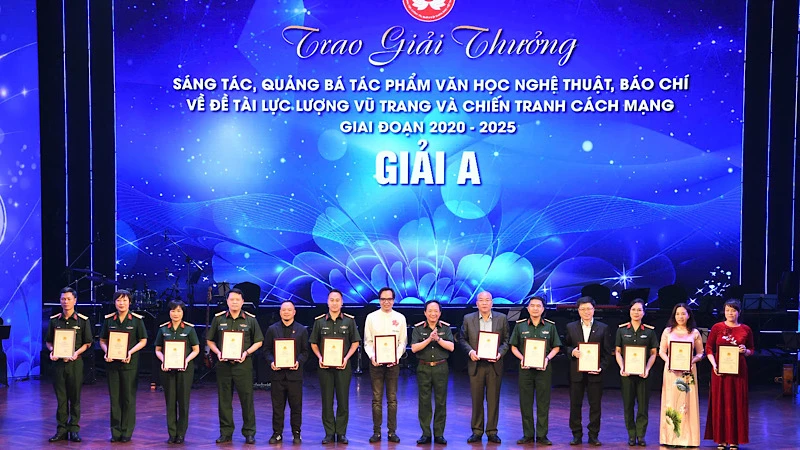















![[Photo] General Secretary To Lam meets with veteran revolutionary cadres, meritorious people, and exemplary policy families](https://vstatic.vietnam.vn/vietnam/resource/IMAGE/2025/4/15/7363ba75eb3c4a9e8241b65163176f63)






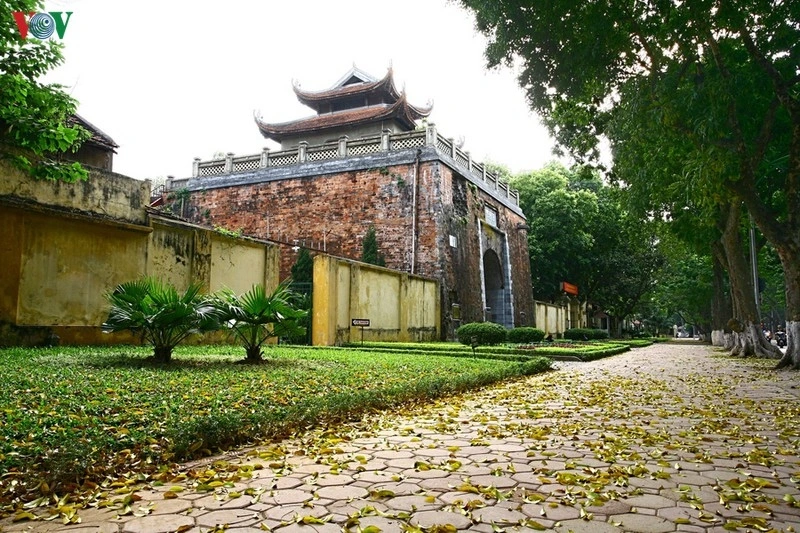








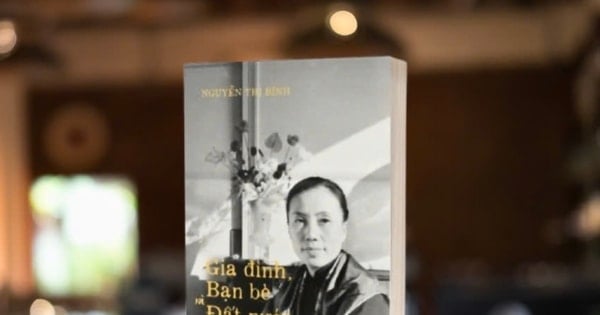

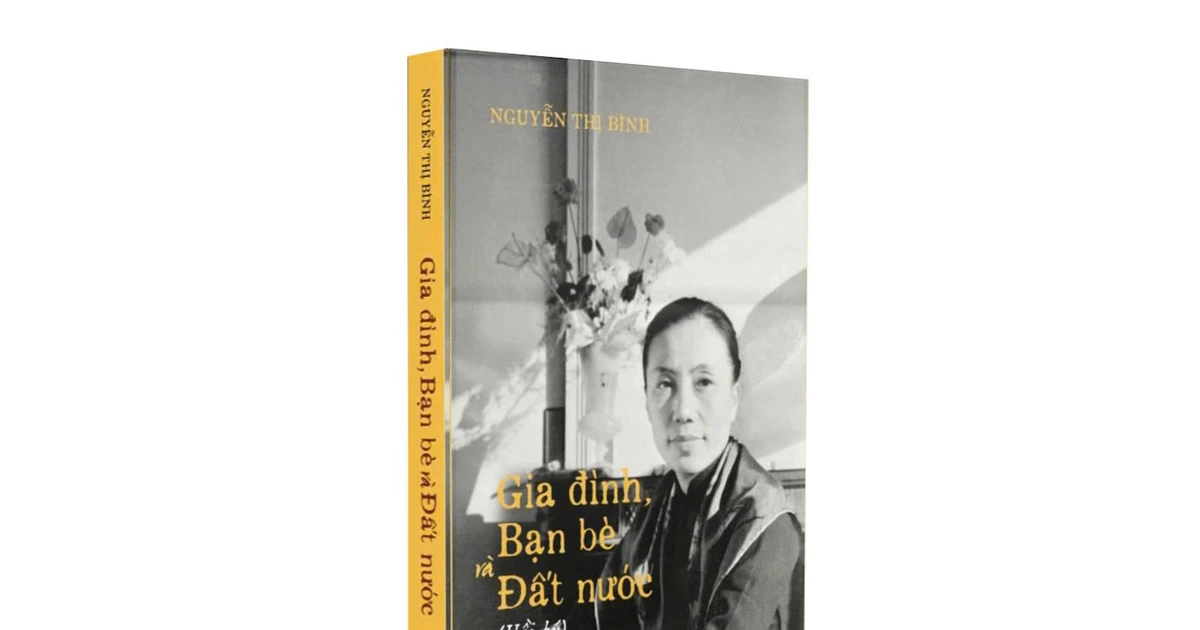



















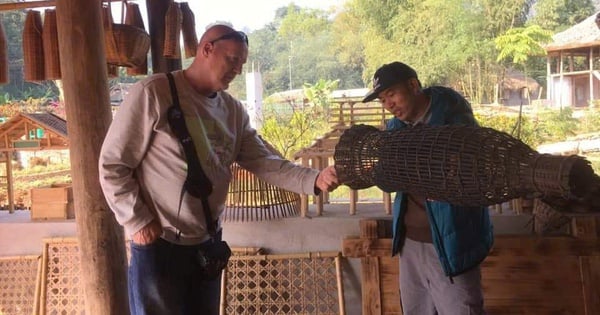




















Comment (0)